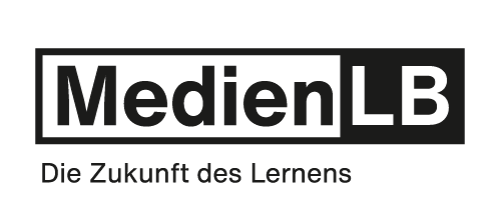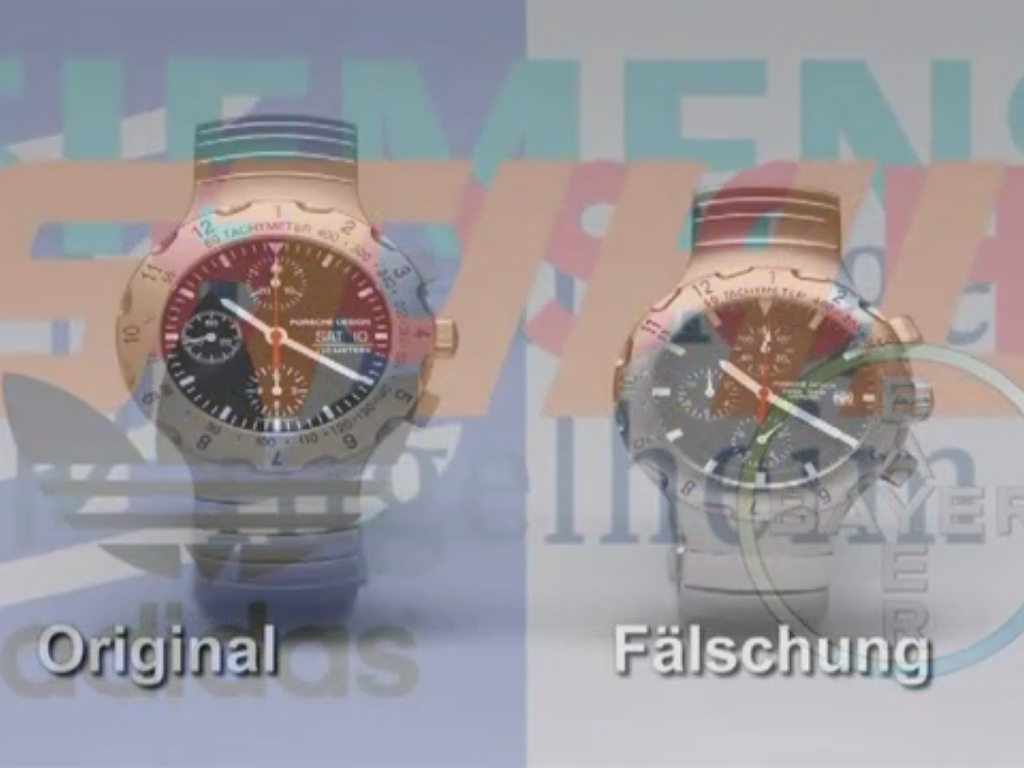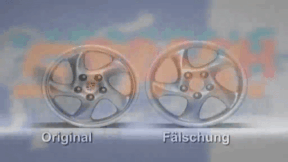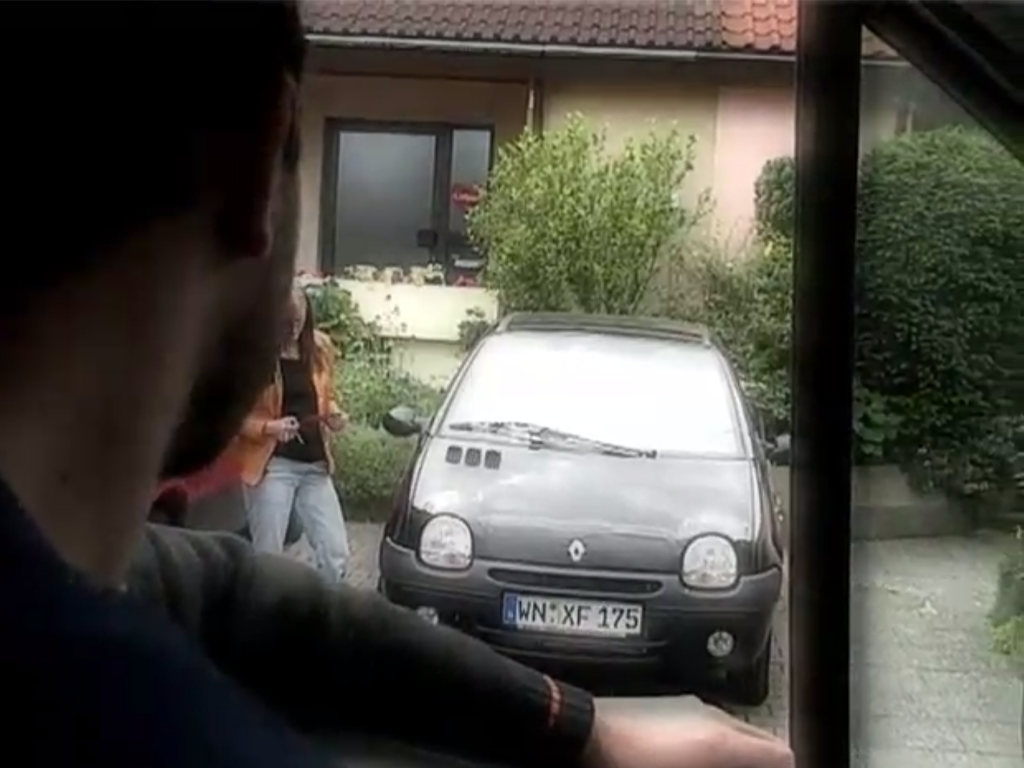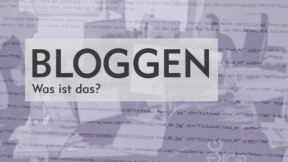 History
History
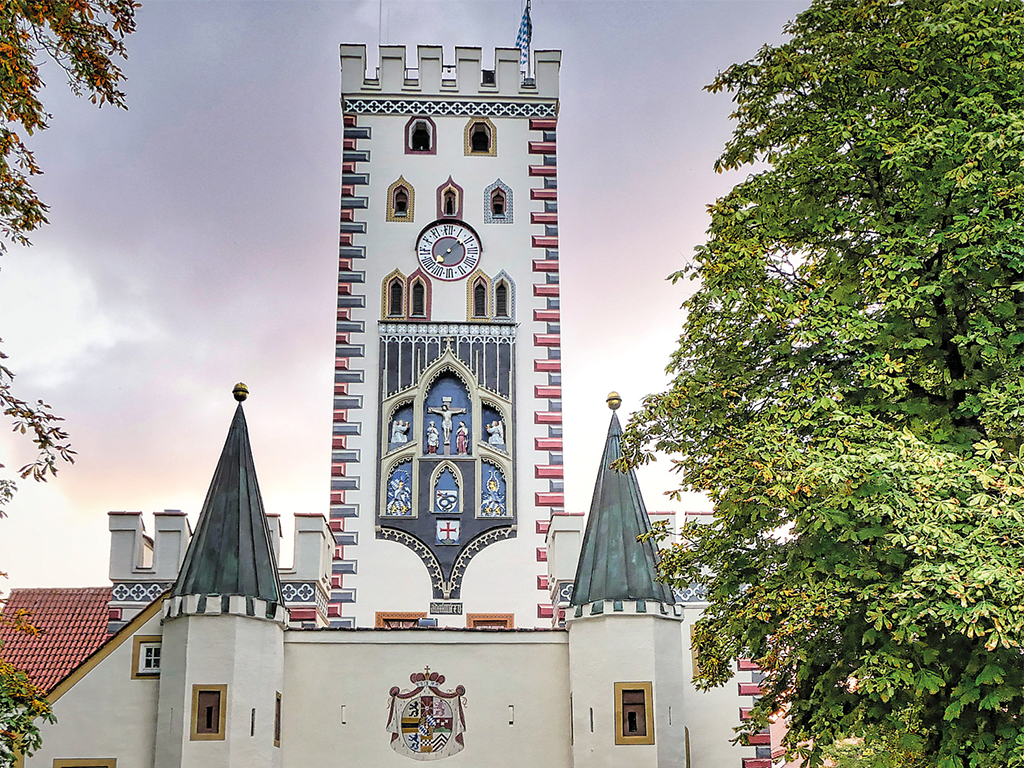

4679027 / 5565788
Mediaeval Towns
Buildings, Population, Organisation
The mediaeval town was a fortified place where people lived who most of all engaged in commerce and trade.
It was created either from the remnants of older towns dating back to times before the Middle Ages or as a new settlement of people. These settlements were also built in special places marked by their location near a body of water, a trading route, a castle or a monastery.
With the rise and increasing importance of the town during the Middle Ages, the power structures in Europe changed as well. Town charters and wealthy, influential town citizens increasingly competed with the old power holders such as the emperor, king or other sovereigns from the nobility and Church.

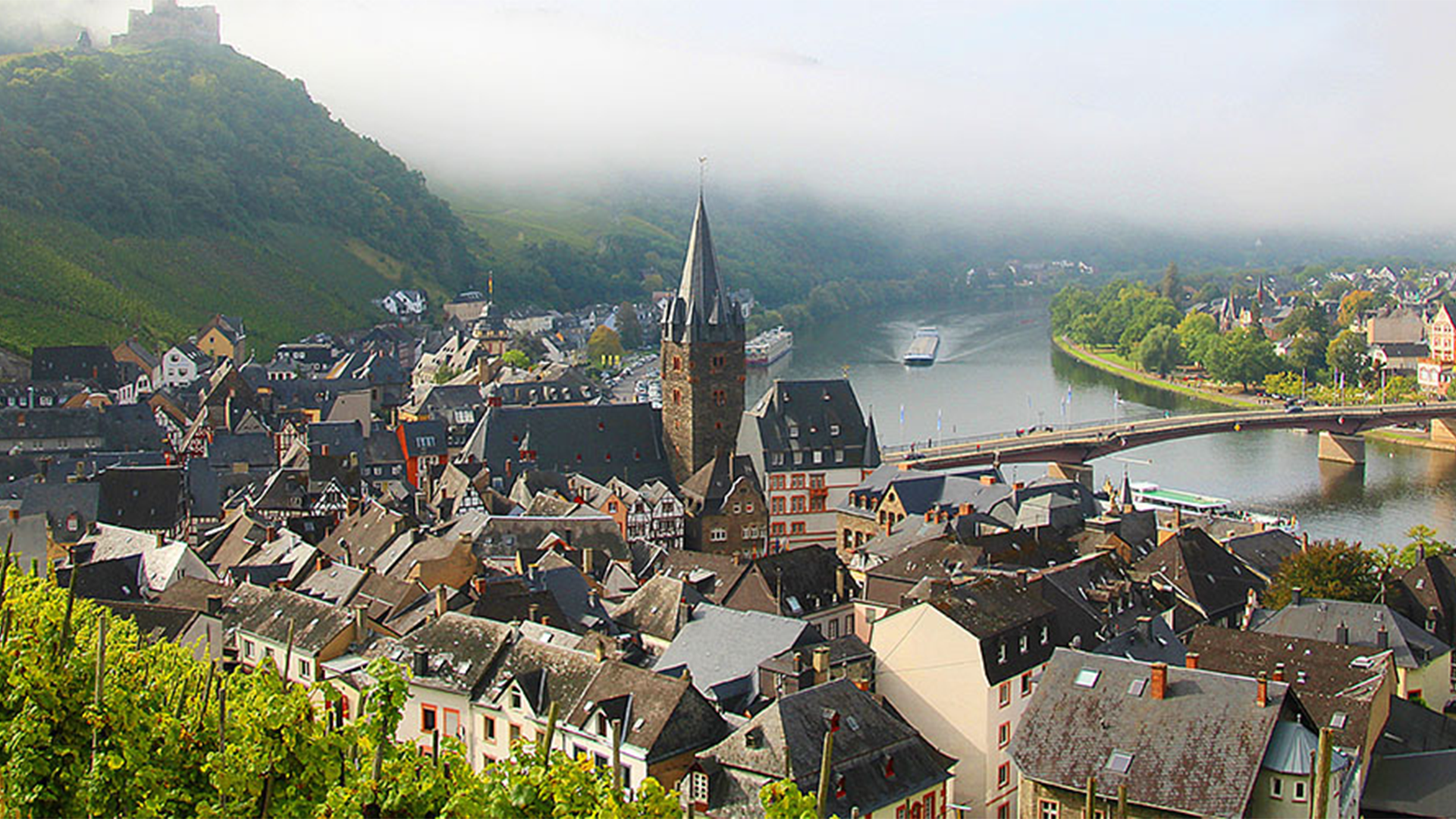
Curriculum-centred and oriented towards educational standards
Matching
Product Piracy
Counterfeiting takes place in almost all economic sectors – textiles, watches, car parts, machine parts, tools, accessories, software and medicines. Some counterfeits are easy to recognise, others are so well-executed that even experts have difficulty distinguishing between original and imitation. This DVD covers the development of a product from idea to manufacture. Once a product has become a trademark, product pirates appear on the scene.
Stalking
n Germany, 12 % of all federal citizens are pursued by a stalker once in their lives. And not only celebrities are among their victims! Everyone may be confronted with such a situation.
Blogging
The weblog or blog, for short, as a medium is not much older than this century. Blogs came into being in the World Wide Web as ’messages from below’, as web pages from web creators who wanted to share their view of the world with the world. They are short notes, long texts, pictures, videos, which are posted loosely and at random intervals to the world for an undefined public.



